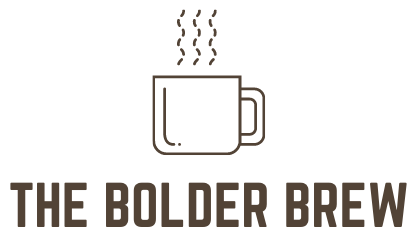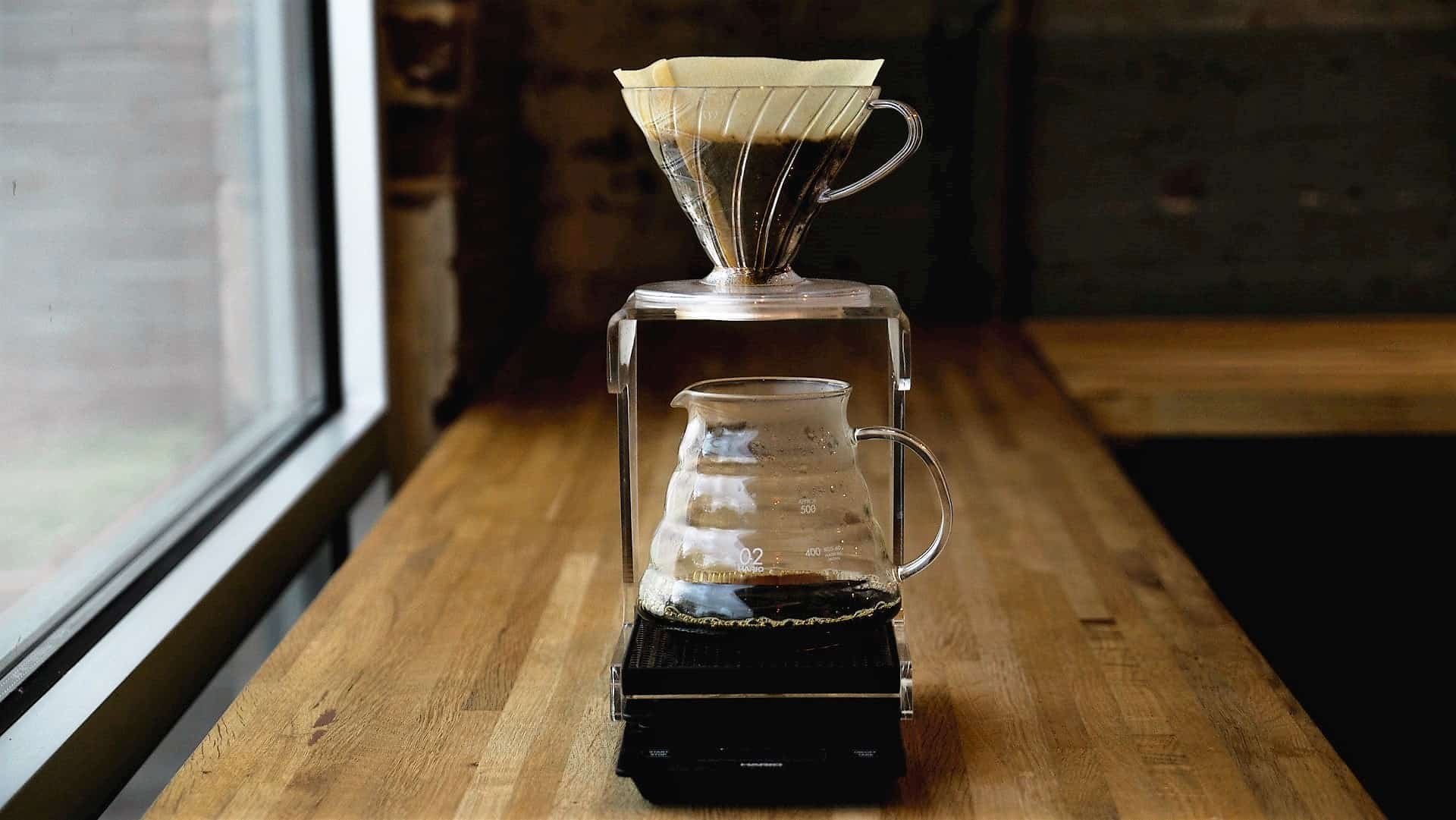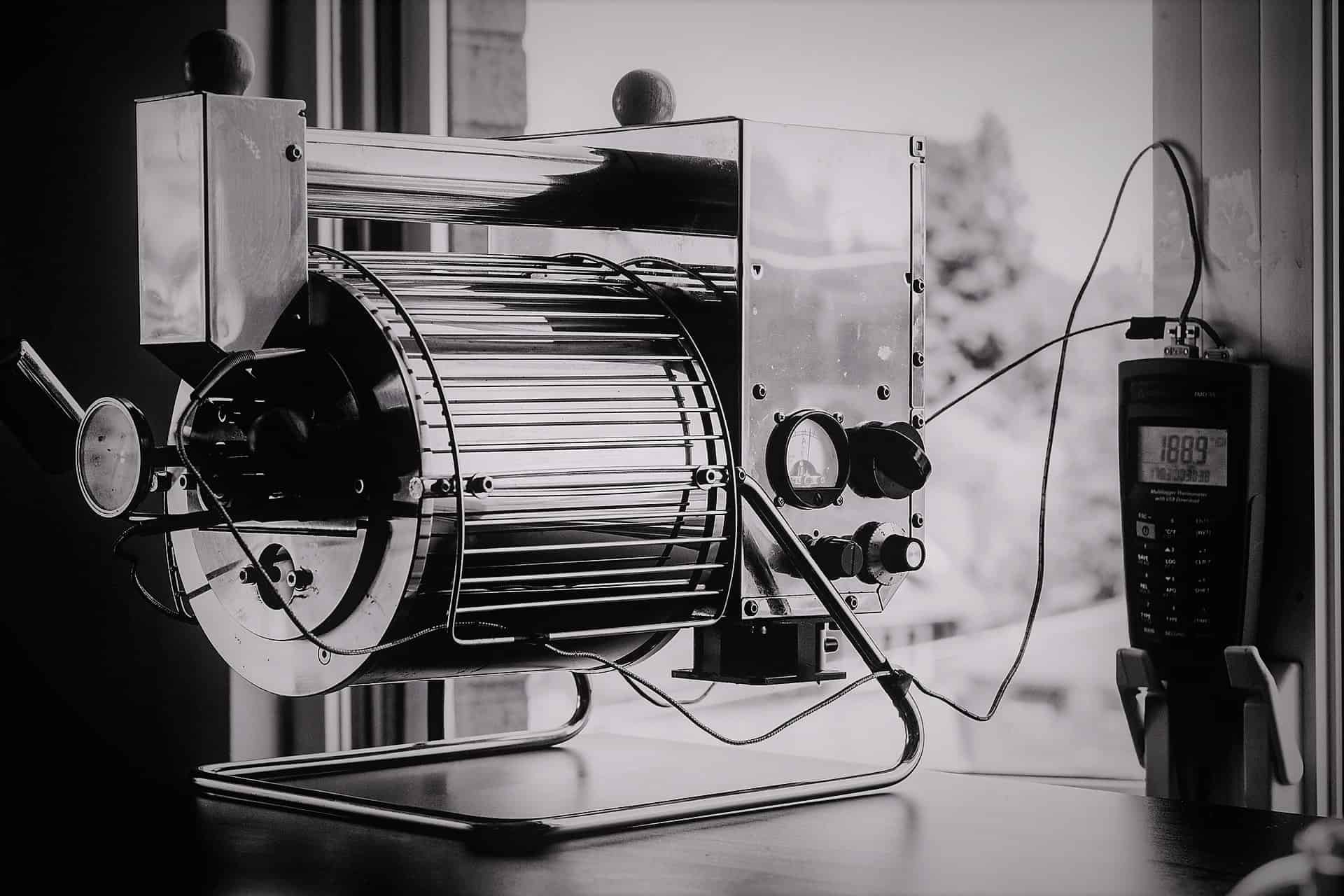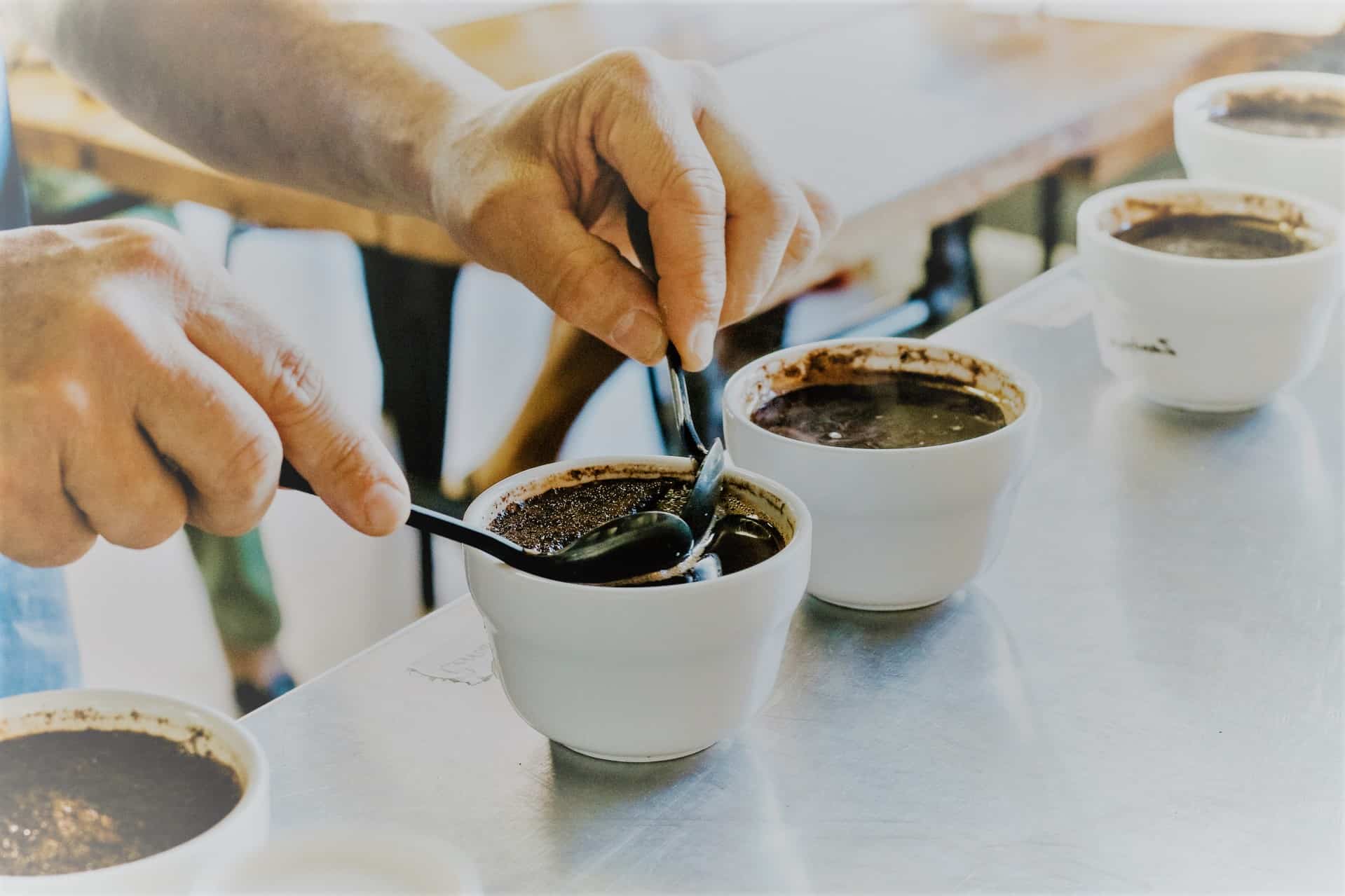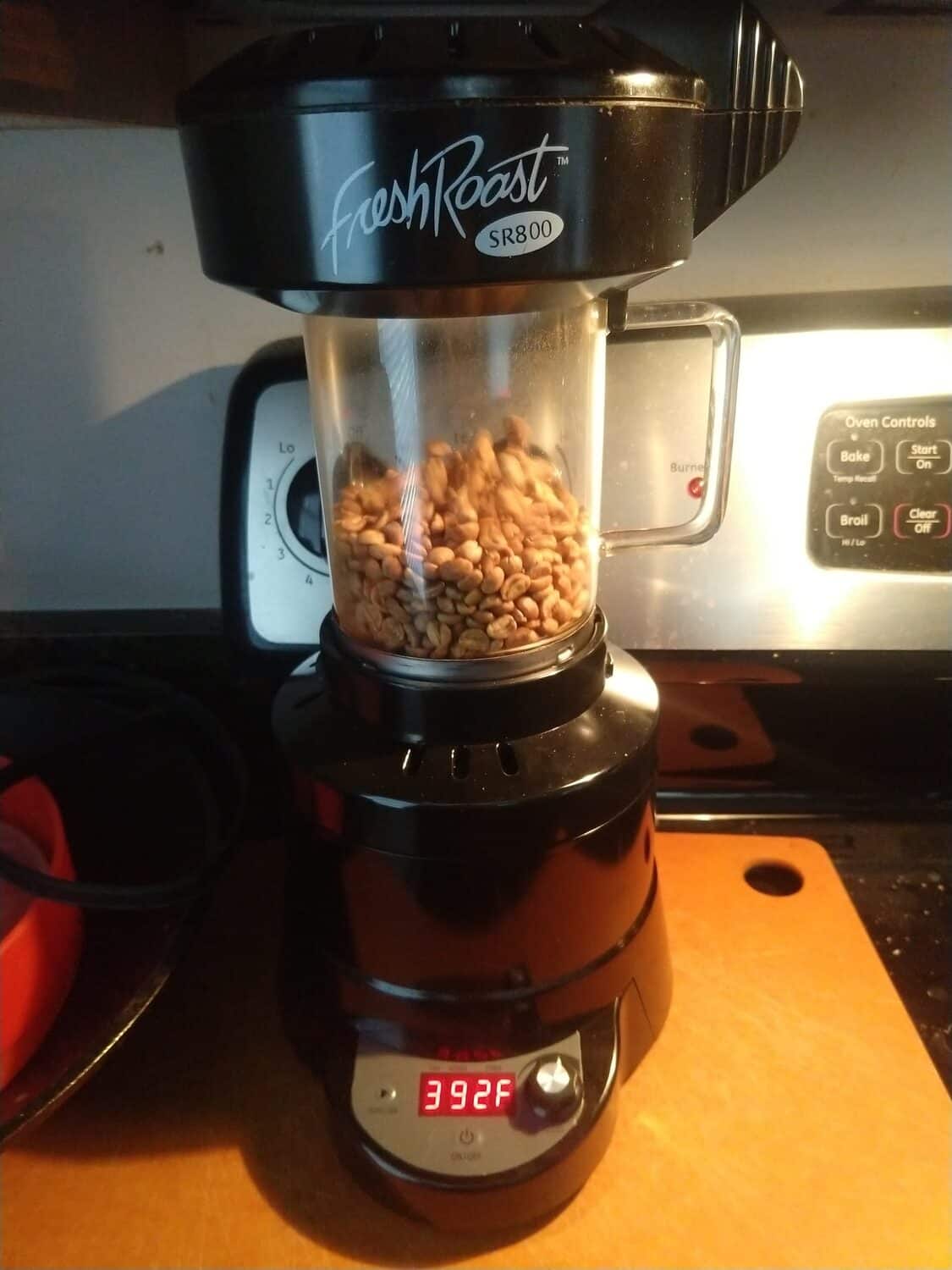Travel Coffee Kits: My Two Favorites, Tested Around The World
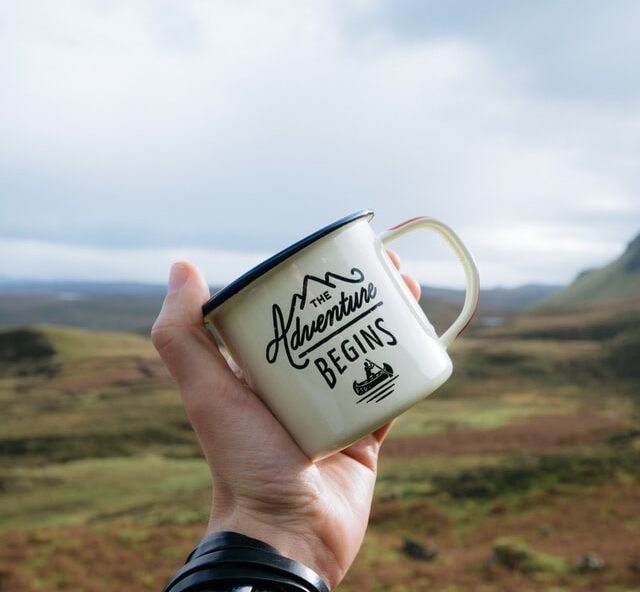
Pour-over brewing is a fun and easy way to enjoy great coffee at home.
But if you're on the road much, then you know the difficulty of packing all that paraphernalia.
Having spent several months on the road in recent years, I've tried almost everything under the sun.
What follows are my two favorite ways to brew great coffee while traveling.
Table of Contents
I'm an affiliate.
I hope my product recommendations make your life a little better! As a member of programs including Amazon Associates, I earn from qualifying purchases. If you do choose to purchase though links here, then I greatly appreciate your support!
Option 1: A minimalist pour-over coffee travel kit
Choose a dripper that collapses to pack flat. Bring a quality hand grinder, since grinding fresh is critical for flavor. Replace your usual kettle with a microwave-safe glass or silicone measuring cup. Keep beans in their valved bag to minimize air volume. Finally, pack your filters against something flat, like a laptop or book.
While you can also just bring a standard, plastic pour-over cone, it's easy to find more compact options.
My favorite option is a collapsible silicone dripper like this one from Amazon.
(There are a few on the market, all basically identical.)
It uses Melitta-style filters, which cost next to nothing and are available at practically any grocery store.
Equally importantly, it has just a couple of small holes in the bottom. That's a good way to keep water from passing too quickly when you don't have a luxury of a gooseneck kettle.
Another option is this style of cone-less dripper with a reusable nylon filter.
In my experience, its filter allowed about as much sediment as you'd find in a French press. I dislike that; others don't mind. It's also harder to control the flow of water, since it's just a suspended filter, not a cone with small openings.
That said, it's the lightest and most compact option out there.
Finally, metal filter holders are a nice middle ground between the first two options. MiiR makes this particularly stylish one.
The price is a bit steep, frankly, but its fit and finish seem a notch up from cheaper knock-offs. It uses standard V60-style conical filters. However, the wide-open bottom means it could be a little finicky without a gooseneck kettle.
Option 2: The simplest AeroPress travel set-up
The AeroPress is ideal for travel because it's easy to use without a kettle or scale. For easier packing, bring a hand grinder that fits inside the AeroPress plunger. Store some filters inside the filter cap, or switch to a reusable metal filter. Skip the funnel, but bring the scoop to help you estimate coffee amounts.
The AeroPress has a cult following in the specialty coffee world, and for good reason: it's ingenious.
It's also the single most travel-friendly brewer on the market.
My review goes into more detail, but in brief, the AeroPress is a tough and compact brewer that yields great coffee even when you can't measure and pour precisely.
The plunger also lets you control extraction time when water temperature may be hard to manage. That matters more than you might think, as explained in my guide to coffee extraction.
Although the AeroPress takes more space than a collapsible pour-over cone, you can make up for that by buying a grinder that fits inside its plunger. Any of the models shared here would work well.
Finally, the AeroPress eliminates the need for a specialized kettle. It's an immersion brewer, meaning the water stays in the coffee for some time, rather than passing straight down through it (as in percolation). There's no further benefit to the slow, precise pouring of a gooseneck kettle.
What travel coffee gear do you really need?
Both of the suggestions above will make you excellent coffee. Still, it takes some compromises to fit everything into a bag while leaving room for (non-coffee) essentials.
These trade-offs will be clearer as we go through each item in a travel pour-over set-up.
Hand grinders are great for travel (as well as home)
No matter where or how you brew, it's essential to grind fresh before brewing.
It's equally essential to use a high-quality burr grinder. Otherwise, you'll end up with a mix of powdery grounds and large bean chunks, both of which will throw off the taste.
The answer is a quality hand grinder. I'm fond of the Timemore Chestnut (reviewed here), and actually use it at home as well as on the road. Like all other hand grinders of similar quality, it grinds as nicely as a much more expensive electric grinder, but in a small and affordable package.
If you go with an AeroPress, then check out this guide for three models that fit inside the plunger.
Manual grinders aren't convenient for brewing large batches, but that's seldom necessary when you're traveling.
If a hand grinder breaks your budget (or weight/space limit), then pre-ground coffee may be the best remaining option. It loses flavor extremely quickly, so it's best purchased at your destination.
Skip the scale
The water-to-coffee ratio plays a huge role in flavor. It's impossible to get consistent results without measuring coffee and water alike.
However, inconsistent results aren't bad ones, necessarily. Just a bit different each time. If that's acceptable, then forget about packing something as delicate as a scale.
How, then, do you even get close to the right amount of coffee?
Personally, I practiced with a scale at home until I could reliably get within 1 gram based on the level of beans in a scoop or even in the palm of my hand.
(Yes, it's a weird coffee-geek thing to do. But it works!)
This convenience does bring a couple disadvantages:
- It's less useful if you need to make different batch size. If my palm or scoop hold 11 grams, there's no obvious way to get (say) 17, besides eyeballing a palmful-and-a-half. Your mileage may vary.
- This work best with beans of similar density, which means similar size and roast level. For example, X grams of a light-roasted peaberry fill much less volume than X grams of a dark-roasted Pacamara. After all, we use a scale in the first place because mass, not volume, is what matters.
This isn't an exact science, but that's all right. We're not looking for absolute consistency, just for a minimalist way to have good coffee.
Get creative with kettle alternatives
Gooseneck kettles make it easy to control the flow of water through a pour-over dripper. That helps the coffee extract more evenly.
Unfortunately, they're the least travel-friendly item imaginable. Bulky, heavy, and equipped with a spout that might pierce whatever it's packed alongside.
Use the numbers on the side of the AeroPress
If you use an AeroPress, then you can simply use the numbers on the side. Each one represents 60 mL, e.g., from the top of the "1" to the top of the "2".
Pro tip: make your usual AeroPress recipe at home with a scale, and note what water level it reaches. That's helpful because it may actually be more or less than 60 mL to reach the "1", depending on how much coffee is resting on the bottom.
Use a measuring cup for pour-overs
The best reasonable alternative is a microwaveable measuring cup. Its microwave-friendliness lets you boil the water directly in it. (That's better than the alternative of boiling elsewhere, then decanting. It loses heat too quickly.)
Silicone ones obviously win for durability and weight. Glass ones have handles, though, which makes a huge difference when full of scalding water.
Hotels in many parts of the world stock their rooms with one of those cheap, plastic tea kettles. They don't pour as neatly as a gooseneck, but are perfectly adequate.
However, those kettle have too few volume markings—often none below a few hundred mL—so your measuring cup will still come in handy for filling it.
Wrapping up: great coffee wherever you are
Pour-over and AeroPress brewing are two of the best ways to make coffee at home. They're also two of the best options to take on the road.
After traveling extensively with variations of both set-ups, I still can't pick a favorite. The AeroPress gets a slight edge for its simplicity and extra control over extraction time, but the clarity and lightness of pour-over brews is also appealing.
In other words, it's hard to go wrong.
Some simplifications and trade-offs are necessary. That's especially true where measurement and pouring are concerned.
But as long as you buy a great grinder and don't mind a little more variation between brews, it's surprisingly easy to enjoy an excellent cup on the go.
